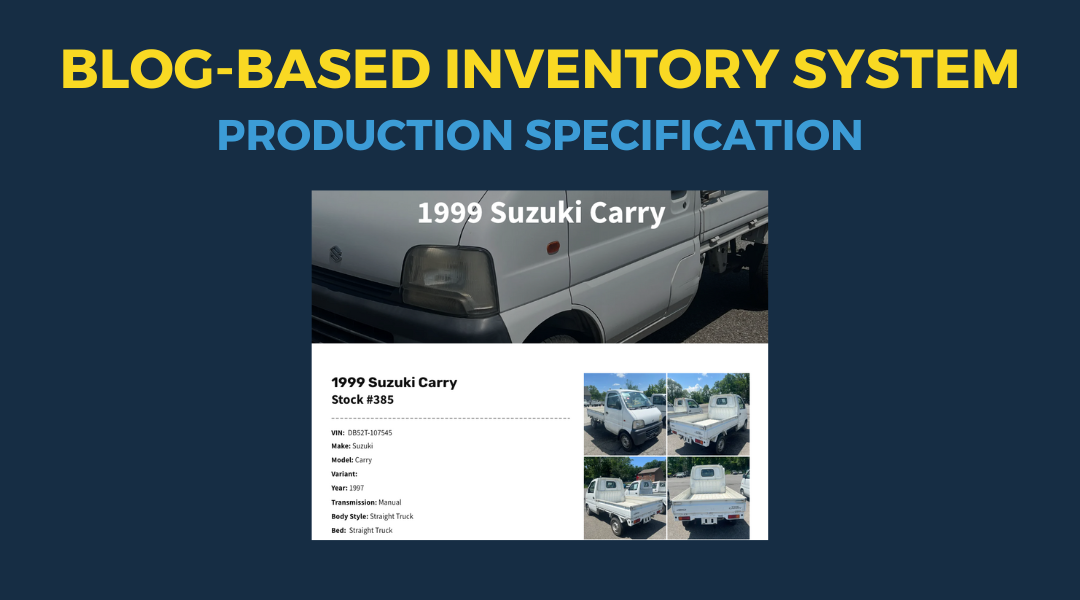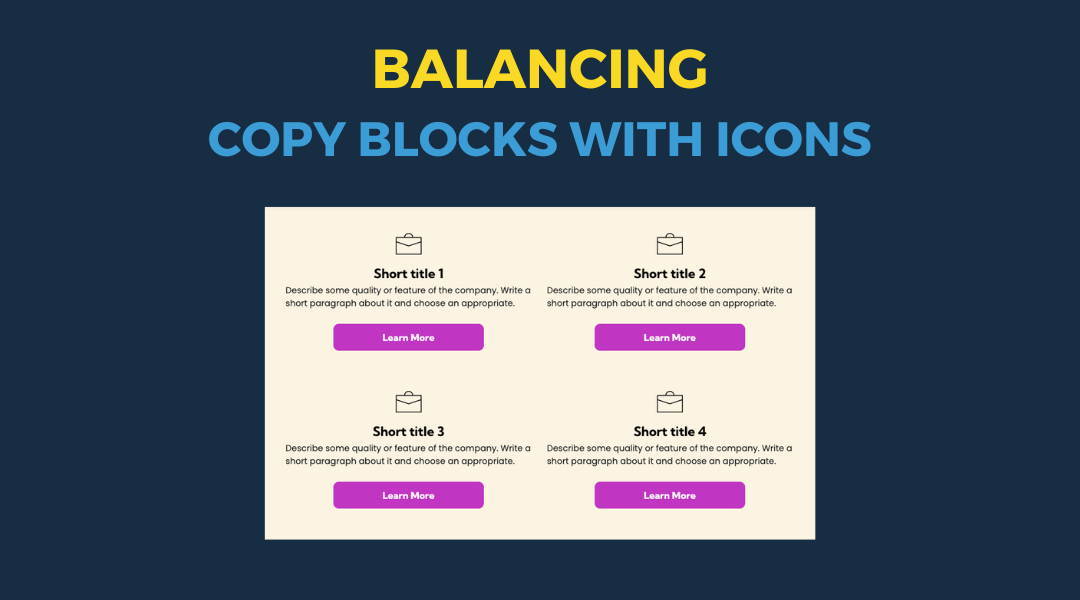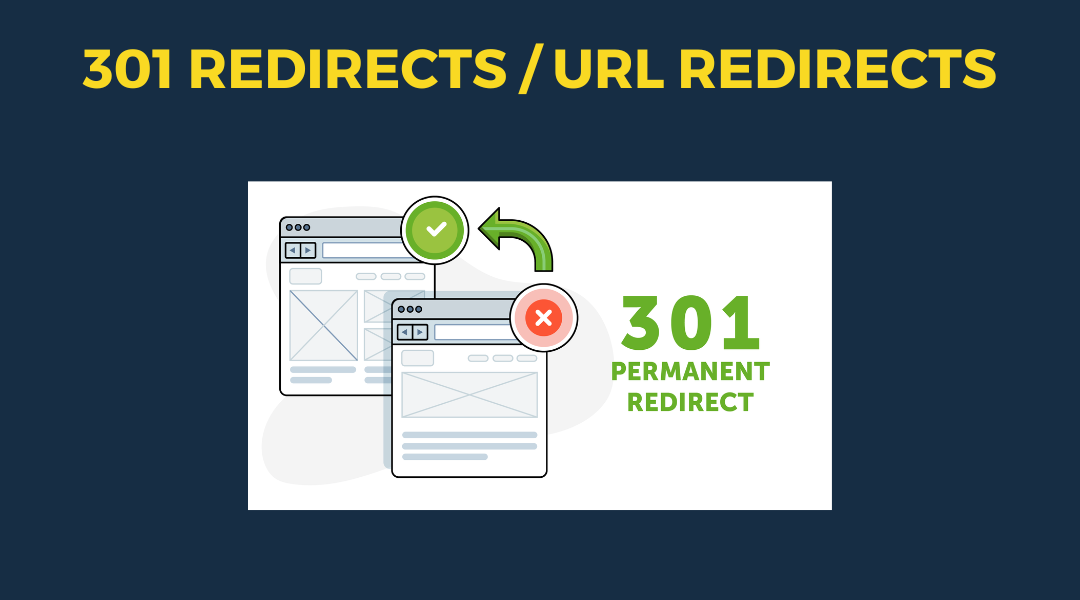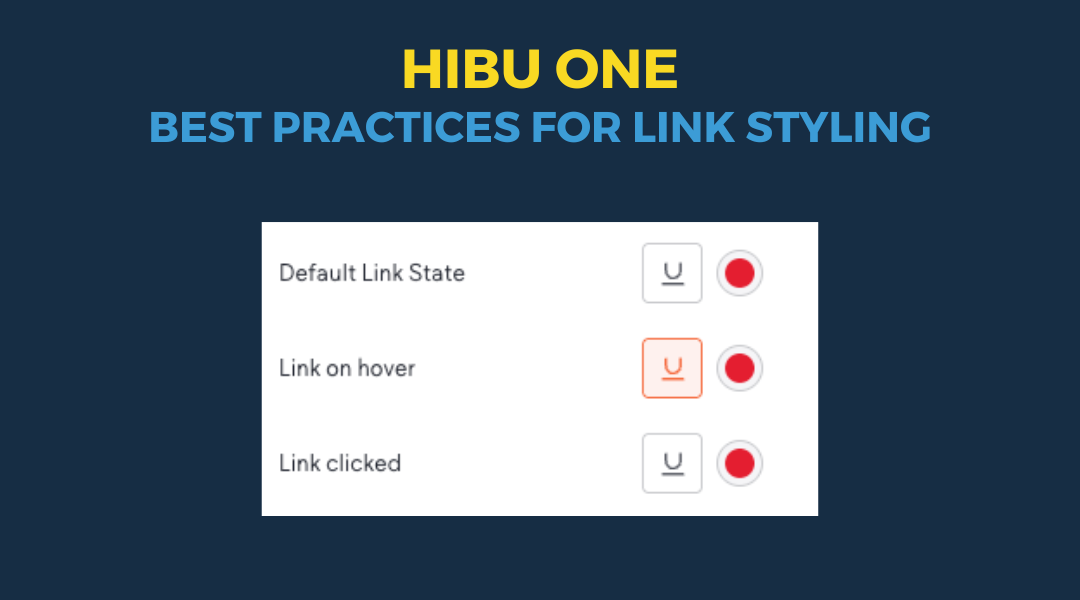Optimizing Logo Design
Optimizing Logo Design
When dealing with a transparent header where you have the freedom to incorporate a text-based logo, executing it with a white version for the main header and a colored version for internal pages is a fantastic strategy. This approach ensures consistency and enhances the visual appeal of your website.
Similarly, if you happen to receive multiple versions of a logo, including one in all white, you can definitely apply the same principle. Utilize the white version for the transparent header to maintain a clean and elegant look, while employing the colored version for internal pages to inject vibrancy and personality into your design.
By adopting this approach, you not only maintain a cohesive branding identity but also ensure flexibility and versatility in your website's visual presentation. It's a win-win solution that enhances both aesthetics and functionality, catering to the needs of both your design and branding requirements.





